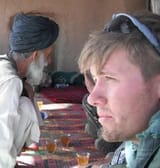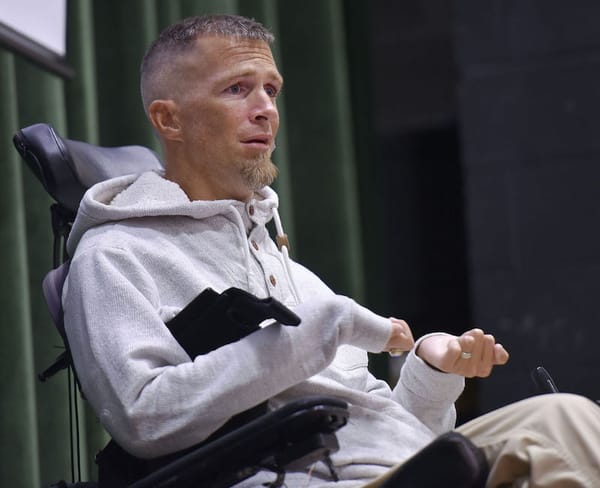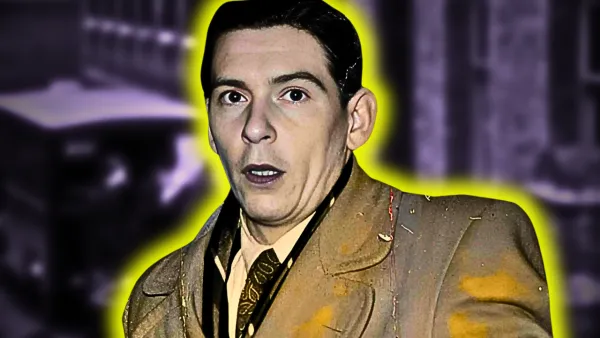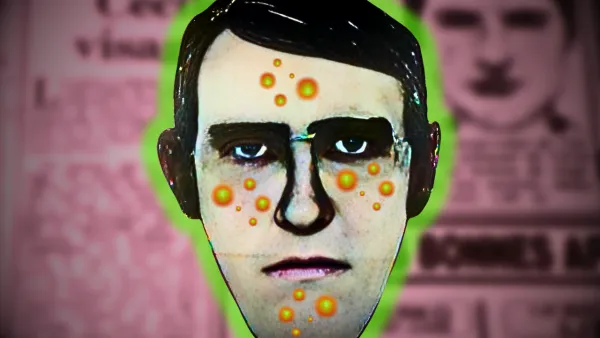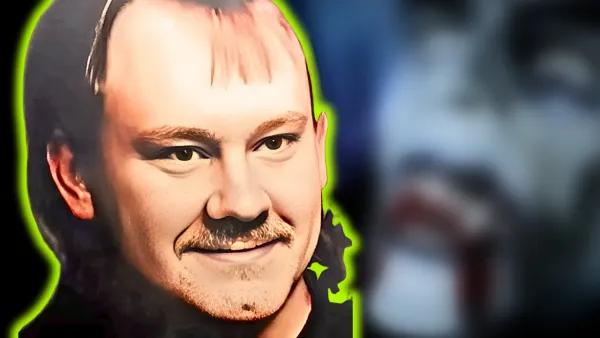“I’m a Morgue Rat” - Karen Greenlee: The Unrepentant Necrophile Who Shocked Sacramento
I'm a morgue rat. This is my rat hole, perhaps my grave. – Karen Greenlee
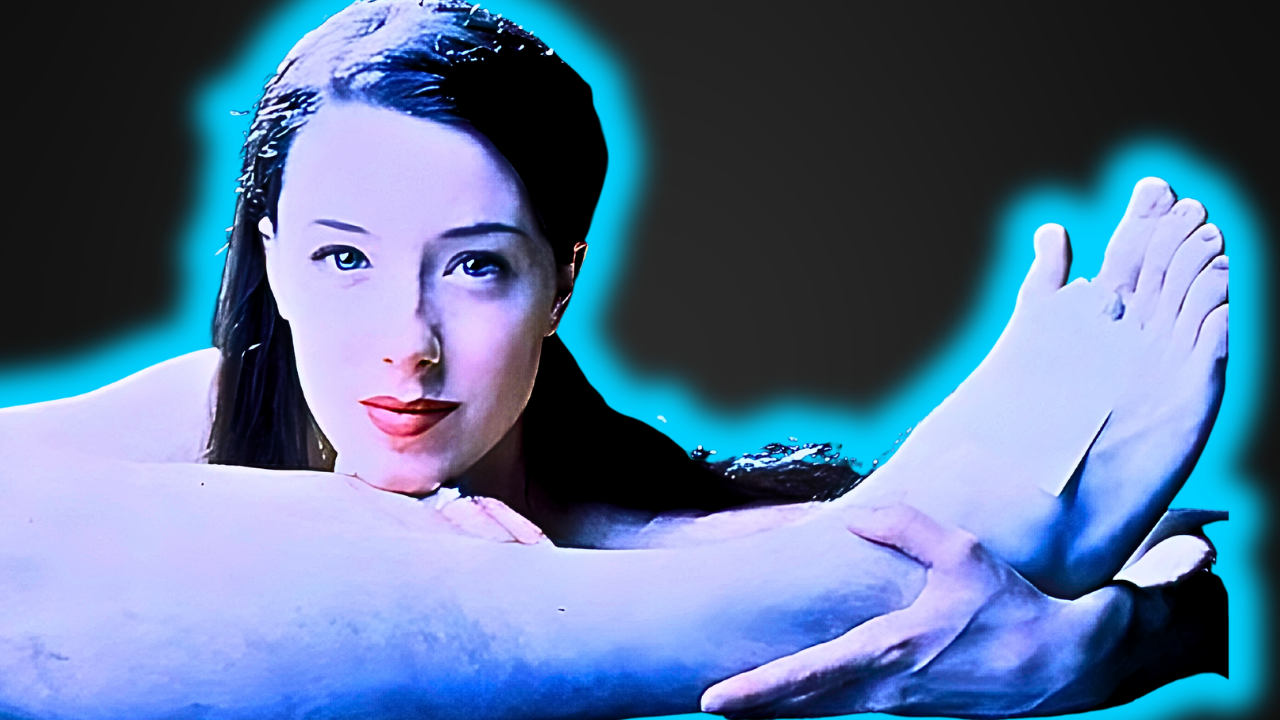
In the annals of criminal history, few cases are as disturbing and perplexing as that of Karen Greenlee. Her story combines elements of sexual deviance, mental illness, and a profound disregard for societal norms that continues to shock and fascinate decades later.
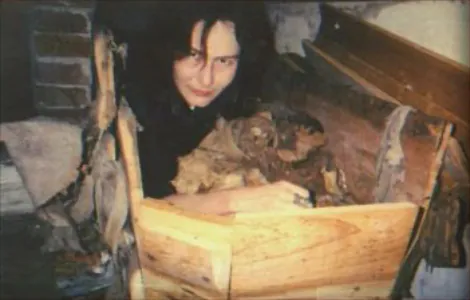
A Troubled Beginning
Listen to this article
Recorded with Shure microphone.
Born in 1958, Karen Greenlee's early life was marked by trauma and instability. According to her father, Al Meyers, Greenlee was sexually molested at age 8 and raped by a teacher at 14 while living in Sonoma County, California. These traumatic experiences likely played a role in shaping Greenlee's later proclivities, though the full psychological impact remains a matter of speculation. After these incidents, Greenlee and her family relocated to Colfax, California, where she completed high school. By the time of her infamous crime in 1979, Greenlee was married but separated.
The Fateful Day
On December 17, 1979, 21-year-old Karen Greenlee was working as an apprentice embalmer at the Sacramento Memorial Lawn mortuary. Her task that day was straightforward - drive a hearse containing the body of 33-year-old John Mercure to his burial site. Mercure had died a week earlier on December 10th, likely from a suspected drug overdose. His mother, Marian Gonzales, was distraught over the loss of her only child. As the family gathered at Sacramento Memorial Lawn at 10 AM, dressed in black and waiting patiently, they expected a somber but routine funeral procession. What happened next would shock the community and catapult Karen Greenlee into macabre infamy.

A Shocking Detour
As the hearse approached the cemetery entrance, onlookers were bewildered to see it suddenly veer away and speed off. Karen Greenlee, overcome by her necrophilic urges, had decided to abscond with both the vehicle and its deceased occupant.For two days, Greenlee's whereabouts remained unknown as authorities launched a search. The family was left in disbelief, their grief now compounded by this bizarre and upsetting turn of events.
Discovery and Arrest
On Tuesday morning, December 18th, a concerned citizen spotted Greenlee driving the distinctive 1975 Cadillac hearse. Acting on this tip, law enforcement located the vehicle parked in a secluded spot off Alleghany Ridge Road. Deputy Carl Womack approached the hearse, finding it locked with heavily tinted windows.
As he circled the vehicle, he noticed it swaying slightly. At first, he assumed Greenlee was simply moving around inside. It was only when he heard unmistakable sounds of female moaning that the disturbing reality began to dawn on him. Womack began pounding on the window with his flashlight, demanding Greenlee exit the vehicle. When she finally emerged, it became clear she had attempted suicide by overdosing on codeine Tylenol.
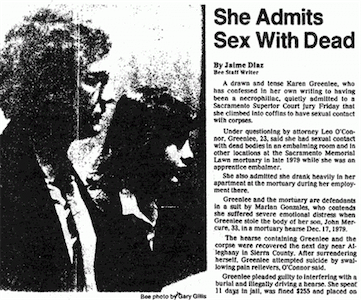
"I am a necrophiliac, alcohol, scared, mixed up, lonely, unadjusted adult. . . . My life is a nightmare. . . . I wish I never grew up. I wish I would have killed myself in 1973. I almost did. Never could do anything right."
A Shocking Confession
Greenlee was rushed to Sierra Nevada Memorial Hospital in Grass Valley. Dr. B.E. Sarkin, who examined her in the emergency room, stated: "She was conscious and coherent when she was brought in. She's in good physical condition, but her mental health will be assessed by mental health personnel.
"Inside the hearse, investigators made a chilling discovery - a four-and-a-half page handwritten letter. In this document, Greenlee confessed to having sexual contact with between 20 to 40 male corpses over the previous months.
The letter provided a disturbing glimpse into Greenlee's psyche: "I am a necrophiliac, alcohol, scared, mixed up, lonely, unadjusted adult. . . . My life is a nightmare. . . . I wish I never grew up. I wish I would have killed myself in 1973. I almost did. Never could do anything right."She went on to explain her motivations: "Why do I do it. Why? Why? Fear of love, relationships. Hurt in the past. No romance ever hurt like this."
Perhaps most disturbingly, Greenlee hinted that her activities may have been known to some of her coworkers: "I believe some here know of my problem. It has been mentioned to a loose degree. In fact, one even knocks on the prep room door now. Says he doesn't want to catch me. . . . I don't want to cover up."
I don’t mind telling people how I do it. It doesn’t matter to me, but anyone adept sexually shouldn’t have to ask. People have this misconception that there has to be penetration for sexual gratification, which is bull! The most sensitive part of a woman is the front area anyway and that is what needs to be stimulated. Besides, there are different aspects of sexual expression: touchy-feely, 69, even holding hands. That body is just lying there, but it has what it takes to make me happy. The cold, the aura of death, the smell of death, the funereal surroundings, it all contributes. – Karen Greenlee
Legal Proceedings
Surprisingly, necrophilia itself was not illegal in California at the time. As a result, Greenlee was only charged with illegally driving a hearse and interfering with a burial. She pleaded guilty and received a relatively light sentence - 11 days in jail, a $255 fine, and two years probation with a recommendation for mental health treatment.However, the legal consequences didn't end there.
Marian Gonzales, mother of John Mercure, filed a civil lawsuit against both Greenlee and the Sacramento Memorial Lawn mortuary. Gonzales sought $1 million in damages for "severe emotional distress".
During the trial, the defense attempted to downplay the emotional impact on Gonzales. Dr. Captane Thomson, a psychiatrist testifying for the defense, claimed he didn't believe the incident had "much of a lasting impact" on Mercure's mother, citing her history of alcoholism and depression.
Richard A. Kapuschinsky, a fellow embalmer who had worked with Greenlee, testified that there had been "no reason to suspect" she would commit such an act. He described her as quiet and competent in her work.Despite these efforts, the lawsuit was eventually settled for $117,000 in general and punitive damages.
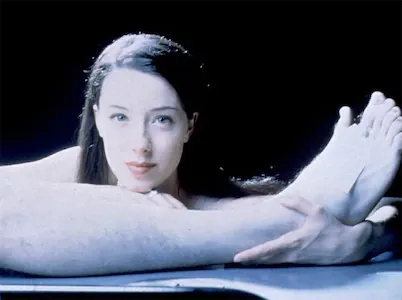
The Aftermath
The incident and subsequent trial thrust Karen Greenlee into an unwanted spotlight. Her family largely disowned her, with one brother refusing to have any contact. "He said, 'I just want to remember her as she was,'" Greenlee later recalled. "He came up to me later and apologized, but he still isn't comfortable around me."
Her personal relationships suffered as well. Greenlee's boyfriend at the time reacted violently upon learning of her actions, striking her and declaring, "You're not even a woman and I could go fuck dead bodies."The media frenzy surrounding the case was intense.
The Sacramento Bee ran lurid headlines like "She Admits Sex With Dead". Some outlets even drew comparisons between Greenlee and Richard Trenton Chase, the infamous "Vampire Killer" who had terrorized Sacramento just a year earlier.
An Unrepentant Necrophile
While Greenlee initially expressed remorse in her confession letter, her stance would evolve dramatically in the years following her conviction. In 1987, she granted a now-infamous interview to Jim Morton for the book "Apocalypse Culture".
In this candid conversation, Greenlee embraced her identity as a necrophile, stating: "When I wrote that letter I was still listening to society. Everyone said necrophilia was wrong, so I must be doing something wrong. But the more people tried to convince me I was crazy, the more sure of my desires I became."She went on to describe, in graphic detail, the nature of her attraction to corpses:"I don't mind telling people how I do it.
It doesn't matter to me, but anyone adept sexually shouldn't have to ask. People have this misconception that there has to be penetration for sexual gratification, which is bull! The most sensitive part of a woman is the front area anyway and that is what needs to be stimulated. Besides, there are different aspects of sexual expression: touchy-feely, 69, even holding hands.
That body is just lying there, but it has what it takes to make me happy. The cold, the aura of death, the smell of death, the funereal surroundings, it all contributes."Greenlee also claimed that her desires were far from unique, suggesting that necrophiles in mortuaries were "more common than one might think, not unlike arsonists in fire departments."
A Lasting Impact
Karen Greenlee's case remains a subject of morbid fascination decades later. It has been the inspiration for various works of art and media, including Lynne Stopkewich's 1996 film "Kissed".From a criminological standpoint, Greenlee's story is particularly noteworthy due to the rarity of female necrophiles. According to experts, only about 10% of known necrophiles are women.
Greenlee herself seemed to find some measure of peace through the mandatory therapy she received as part of her probation. "I had a really nice social worker. She was cool. Very nonjudgmental," Greenlee recalled. "The more I talked to these people, the more I realized necrophilia makes sense for me. The reason I was having a problem with it was because I couldn't accept myself. I was still trying to live my life by other peoples standards. To accept it was peace."
The Lingering Questions
Karen Greenlee's case forces us to confront uncomfortable questions about the nature of sexuality, mental illness, and societal norms. How do we reconcile her clear psychological disturbance with her later embrace of her necrophilic identity? What systemic failures allowed her to engage in these acts for months without detection? And how do we balance compassion for someone clearly struggling with mental health issues against the very real harm caused to families of the deceased?
While Greenlee herself has long since changed her name and disappeared from public view, the ethical and psychological quandaries raised by her case continue to provoke debate and unsettle our collective conscience.In the end, perhaps the most chilling aspect of Karen Greenlee's story is not the acts themselves, but the reminder that the human psyche contains depths of darkness and desire that most of us can scarcely imagine.
Her case stands as a stark warning that sometimes, the most disturbing monsters are not the stuff of horror movies, but the troubled souls walking among us, hiding behind a veneer of normalcy until their private compulsions burst into public view.


